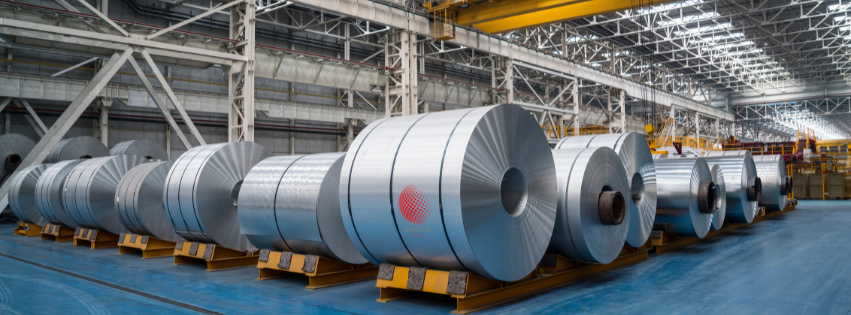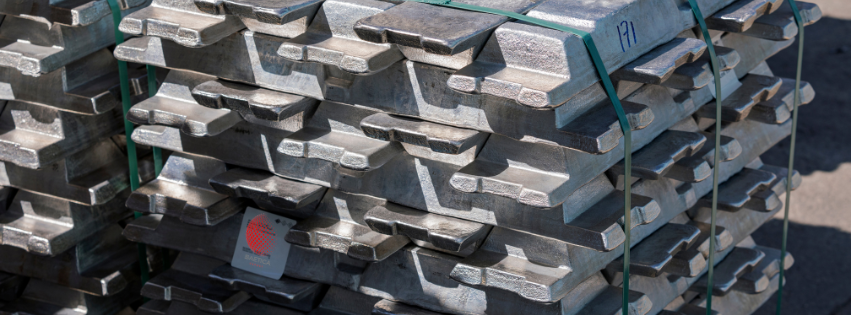In the complex and dynamic landscape of international markets, aluminum and steel stand as two essential pillars for industrial development and global infrastructure. In recent months, various factors—ranging from trade tensions and tariff policies to the transition towards more sustainable production processes—have reshaped the outlook for these metals. This article explores recent changes, their implications, and emerging opportunities for international players and exporters like Baetica Export.

A Market in Transformation
The aluminum and steel industries are undergoing a phase of transformation driven by structural changes in the global economy. Factors such as post-pandemic recovery, energy price volatility, and the growing demand for “green” products have altered both supply and demand in these sectors. Supply chains, still adjusting to disruptions from previous years, are being reorganized to meet the needs of an increasingly demanding and regulated market.
In this context, Asian countries, particularly China and India, continue to lead in production, while emerging economies in Africa and Latin America seek to increase their share in the global market. Competition is intensifying not only in terms of volume but also in quality and sustainability.
Impact of Trade and Tariff Policies
Trade policy decisions have been crucial in reconfiguring the global flow of aluminum and steel. Recently, several measures have had significant repercussions:
- New Tariffs and Restrictions: Some nations have implemented or expanded tariffs on steel and aluminum in an attempt to protect their domestic industries. This situation has led to trade tensions, especially between the United States, the European Union, and some Asian countries. Tariffs have increased import costs and created uncertainty in long-term contracts, forcing exporting companies to rethink their strategies.
- Tariff Exemption for Australia: Recently, the Trump administration confirmed that Australia will remain exempt from tariffs on aluminum and steel. This decision, which persists despite the protectionist trend in U.S. trade policy, significantly benefits Australian producers, who can export these metals to the U.S. without additional costs. Meanwhile, countries like China, Brazil, and the European Union must face tariff barriers, impacting their competitiveness in this key market.
- Bilateral and Regional Agreements: New trade agreements have been established to facilitate the exchange of these metals, reducing tariff barriers and promoting greater integration of value chains. These agreements are crucial for maintaining competitiveness in an environment marked by protectionism and state intervention.
- Environmental and Safety Regulations: The pressure to adopt more sustainable and environmentally friendly practices has led to the implementation of regulations affecting both steel and aluminum production. The introduction of measures such as the Carbon Border Adjustment Mechanism (CBAM) in some regions is transforming production costs and encouraging investment in clean technologies.

Innovation and Sustainability in the Industry
The global commitment to sustainability is driving a revolution in how aluminum and steel are produced and used. Investments in research and development have led to innovations that reduce carbon emissions and optimize production processes. Key trends include:
- Green Steel: The introduction of technologies such as hydrogen electrolysis in steel production has paved the way for a final product with a lower carbon footprint.
- Recycling and Circular Economy: In both the aluminum and steel sectors, recycling has become a fundamental pillar.
- Digitization and Automation: The implementation of digital technologies and automation in production plants has improved operational efficiency.
Opportunities in Emerging Markets
The dynamism of emerging markets offers fertile ground for international expansion in the aluminum and steel sectors. Some relevant opportunities include:
- Asia-Pacific: With rapidly industrializing economies, the demand for steel and aluminum remains high.
- Africa and the Middle East: Infrastructure modernization is driving the demand for these metals.
- Latin America: Growing industrialization and infrastructure projects have opened new opportunities for exports.
Challenges and Strategies for the Future
In an environment of constant change, companies involved in aluminum and steel production and trade must adopt resilient strategies. Key challenges include:
- Managing Price Volatility
- Adapting to International Regulations
- Continuous Innovation
- Market Diversification
The international aluminum and steel landscape is undergoing profound transformation. For exporters and producers, understanding these dynamics and proactively adapting is crucial to staying competitive.
Baetica Export and other visionary companies have the opportunity to position themselves as leaders in this new context. In an environment full of challenges, the ability to anticipate and adapt to changes will be the determining factor in turning threats into opportunities for growth.
If you don’t want to miss anything from the world of international trade, subscribe to our news.

